Beyond the Pointy Hat: A Deep Dive into How Witches Work on Screen
You know, for as long as I’ve been a movie obsessive, the figure of the witch has always fascinated me. The first witch movie that truly terrified me as a kid? Oh, it was absolutely that classic adaptation of the famous children’s book where they turn kids into mice. It wasn’t just scary; it felt real in a way that stuck with me. And that’s the thing about cinematic witches—they’re so much more than just a Halloween costume. They’re a mirror reflecting our anxieties and even our hopes.
In this article
A witch on screen can be a symbol of terrifying, untamed nature, a champion of female power, or a grim warning about what happens when paranoia takes over a community. Honestly, they’re one of the most flexible and potent archetypes in all of storytelling.
So, this isn’t just going to be another list of spooky movies. We’re going to get into the nitty-gritty of the craft. We’ll look at how filmmakers use light, sound, and story to build entirely different kinds of magic. My goal is to share some of the cool insights I’ve picked up over years of breaking these films down, frame by frame. Let’s get into it.
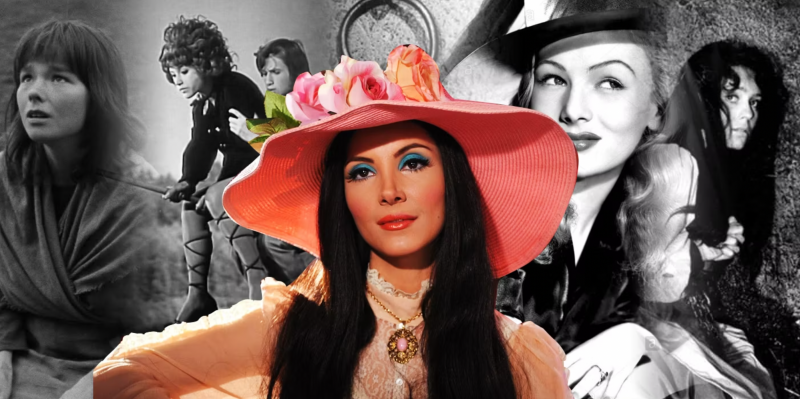
The Folkloric Witch: Fear, Paranoia, and the Power of the Old Ways
The oldest, most primal image of the witch is tied to the wilderness. She’s an outsider, living beyond the neat boundaries of society, her power drawn from nature and ancient traditions. This isn’t the charming, misunderstood witch; she’s a source of deep, unsettling fear for communities clinging to their rigid beliefs. The best films in this style focus on psychological dread over cheap jump scares.
A New England Folktale
Few films have ever captured the folkloric witch with such chilling precision as a particular modern folk-horror masterpiece. When I first saw it, I was floored by its sheer commitment to authenticity. It doesn’t feel like a film about a historical period; it feels like it was somehow teleported from that time. That dedication is what makes it so incredibly effective.
The Craft Behind the Fear
The technical approach here is a masterclass in building atmosphere. The filmmakers used natural light almost exclusively, meaning scenes are lit by weak sunlight filtering through dense woods or the lonely flicker of a single candle. This creates these deep, oppressive shadows where your mind starts playing tricks on you. The color palette is all washed-out grays, blacks, and muddy browns, perfectly reflecting the family’s harsh life and their crumbling faith.

And the language! Oh man, the language. The script was painstakingly pieced together from actual court documents, diaries, and letters from the period. It can be a little tough to get into at first, but once you do, it immerses you completely. You’re hearing their fears in their own words, which feels less like acting and more like eavesdropping on a family at its breaking point.
A Lesson in Psychological Horror
This film is the perfect example of how to build dread without relying on a monster jumping out of a closet. The horror comes from the slow, agonizing breakdown of the family. Their isolated farm becomes a pressure cooker, and every misfortune—a failed crop, a misplaced cup—is seen as a sign of demonic meddling. The true horror isn’t just the witch in the woods; it’s watching this devout family, fueled by piety and paranoia, turn on each other.
Heads up: This is a very slow-burn film that demands your patience, but the payoff is immense. It’s deeply psychological and contains a few moments of genuinely shocking violence. You can usually find it streaming on Max or rent it on Amazon Prime or Apple TV for around $3.99.
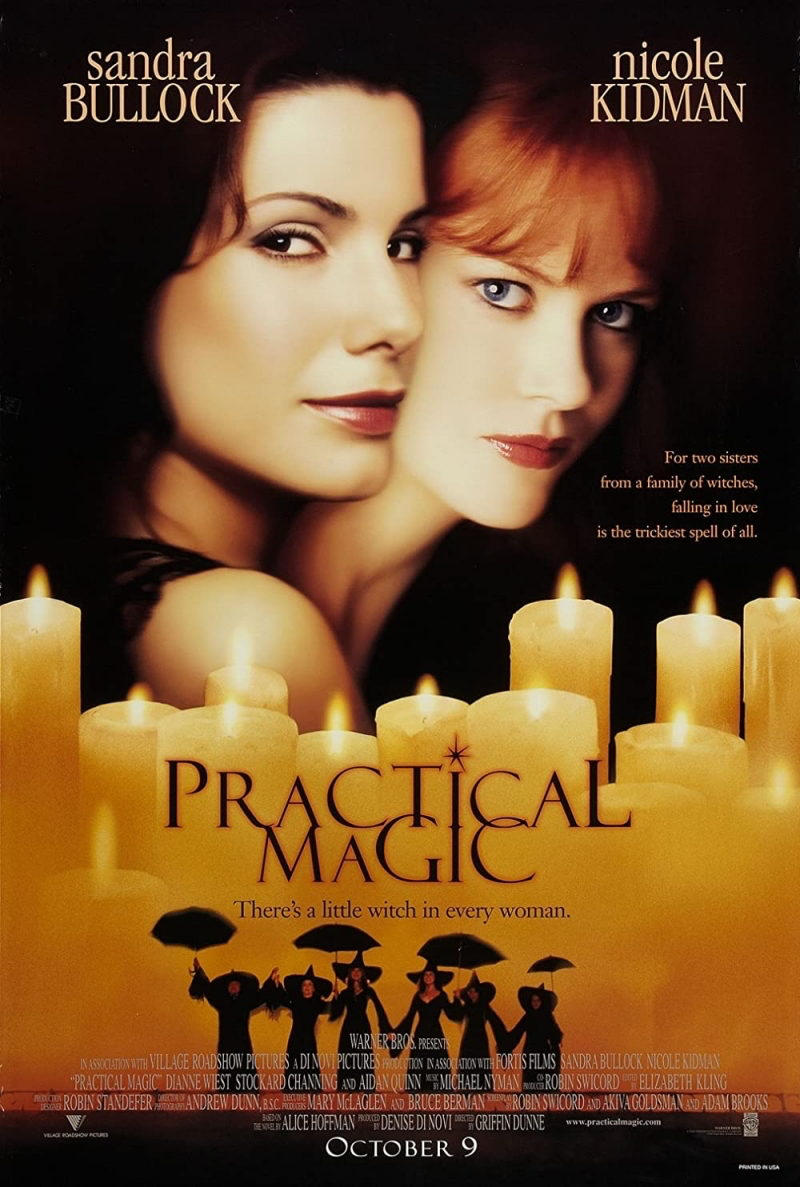
- Key Takeaway: The real horror isn’t the monster; it’s watching a family’s faith curdle into a weapon they use against themselves.
- Steal This Technique: For creators, the lesson is sensory immersion. Don’t just show a historical setting; make the audience feel its cold, hear its strange language, and squint through its darkness. Complete commitment to an aesthetic is powerful.
- For Further Watching: If you crave more of this atmospheric, historical dread, you have to check out films like Hagazussa or A Dark Song.
The Grotesque Fairy Tale
Long before that, a different film gave an entire generation a very different kind of folkloric terror. While technically a “family film,” its DNA comes straight from the dark, grotesque tradition of old European fairy tales. The witches here aren’t just outcasts; they are demons disguised as women, dedicated to the gleeful destruction of children.
The Magic of Practical Effects
What makes this movie so timeless is its jaw-dropping practical effects, courtesy of a legendary creature shop. The lead actress’s transformation into the Grand High Witch is a landmark moment in prosthetic makeup—a grotesque and unforgettable sequence that’s still impressive today. They sculpted an entirely new face for her, all hooked nose and rotting gums. It’s so tangible and repulsive in a way that modern computer graphics often struggle to replicate.
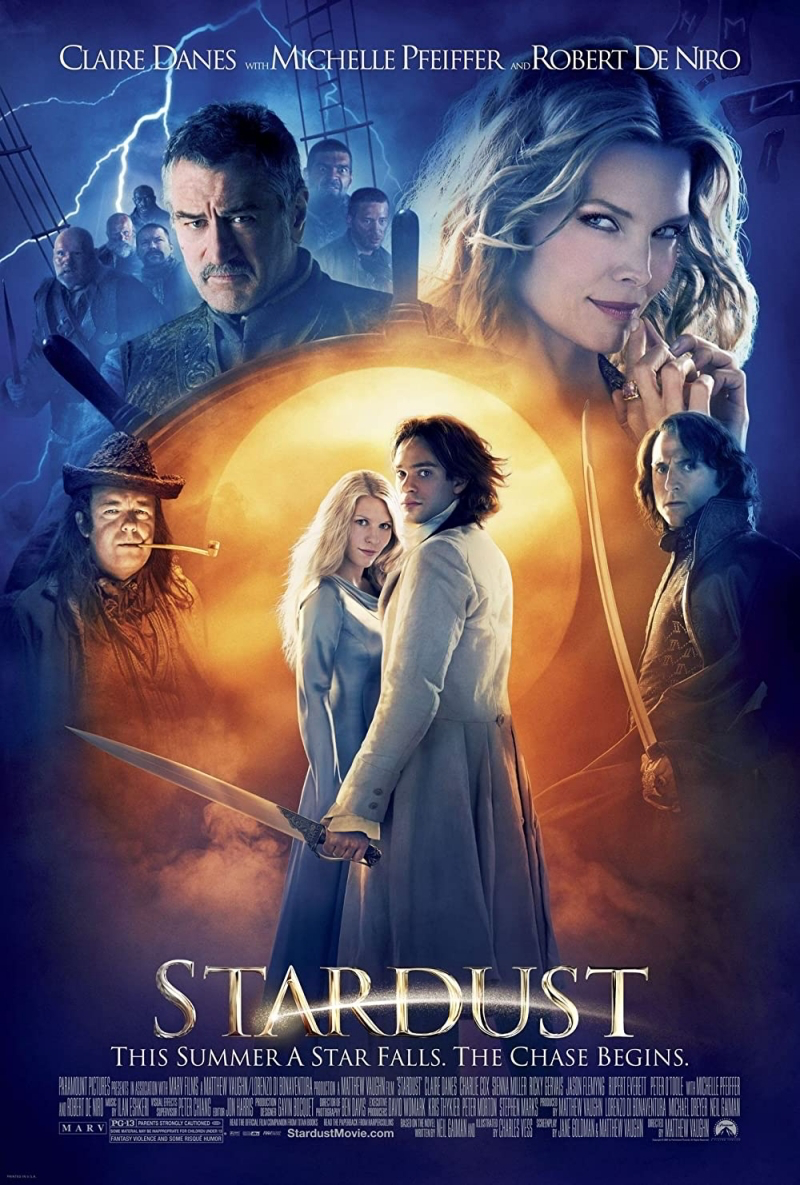
Of course, the performance is just as crucial. The actress doesn’t just wear the makeup; she embodies the character’s theatrical evil. Her movements are sharp and predatory, her voice shifting from a seductive purr to a guttural shriek. It’s a huge performance that perfectly sells the fantastical concept.
This classic is a Halloween staple and is almost always available to rent on major platforms like YouTube or Vudu for a few bucks. It’s a perfect spooky movie night pick.
- Key Takeaway: Incredible practical effects create a deep, lasting impression and a tangible sense of terror that CGI can rarely touch.
- Steal This Technique: Give your monsters a set of specific, almost scientific rules (e.g., they have purple eyes, no toes, bald heads). This turns them into a hidden species to be identified, adding a fun layer of paranoid fantasy for the audience.
The Modern Witch: Sisterhood, Style, and Finding Your Power
As society’s view of power and femininity changed, so did its witches. The archetype moved out of the woods and into the suburbs. She was no longer just a monster to be feared, but a person to be understood, often exploring themes of sisterhood, empowerment, and finding your place in the world. These films mix magic with the messiness of everyday life.
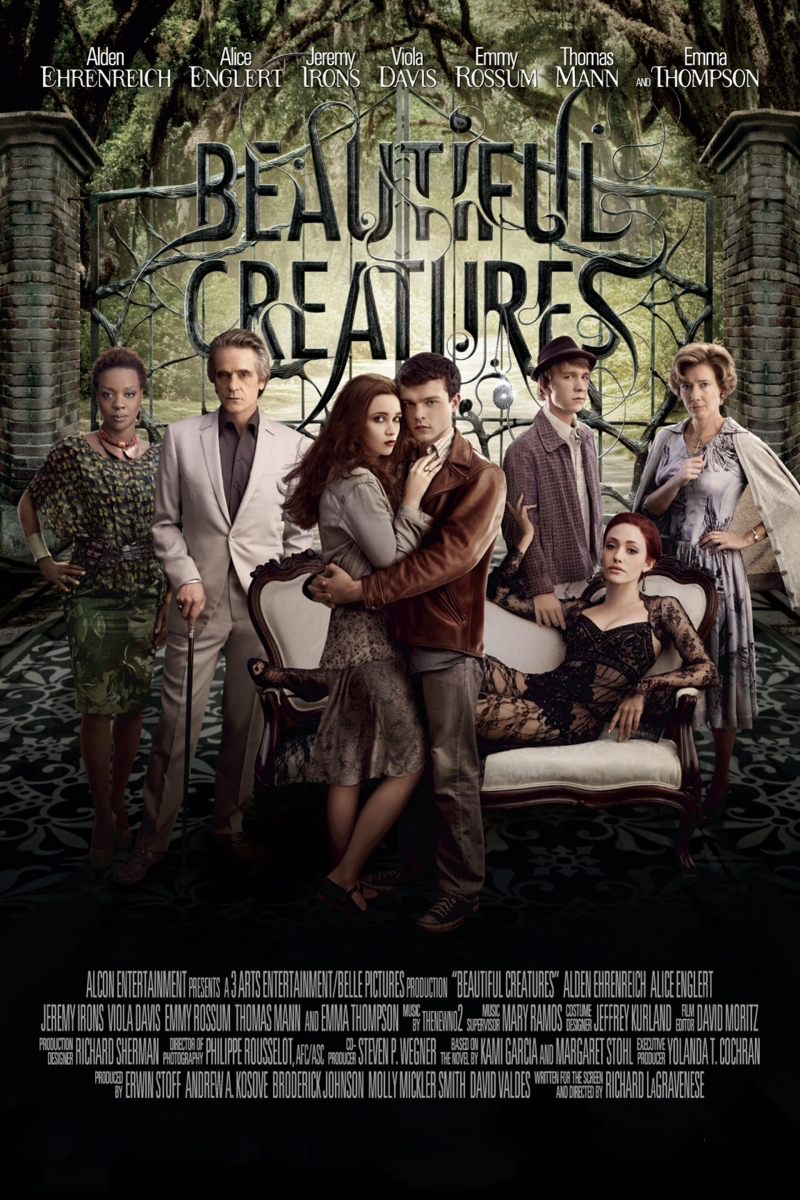
The Cozy Coven
This film is basically the cornerstone of the “cozy witch” subgenre. It’s a wonderful blend of romantic comedy, family drama, and supernatural thriller. While some critics found the tonal shifts jarring, I think that’s exactly why it has endured. Life is messy and doesn’t fit neatly into one genre, right?
The film’s greatest strength is the genuine chemistry between the four lead actresses. The bond between the two sisters, in particular, feels so real and lived-in that it becomes the true magical core of the story, more so than any spell. The production design is also a huge part of its charm. The family house is a character in itself—a stunning, rambling Victorian home filled with herbs, books, and a kitchen that feels like the heart of the world. It’s a visual representation of warmth, history, and safety.
Beneath the charming surface, the story explores some heavy themes about breaking generational curses, both literal and metaphorical. It’s a film that people love for its feeling, its characters, and its comforting aesthetic. You can usually find it streaming on Hulu or Max around the fall, or it’s always available for a cheap rental.
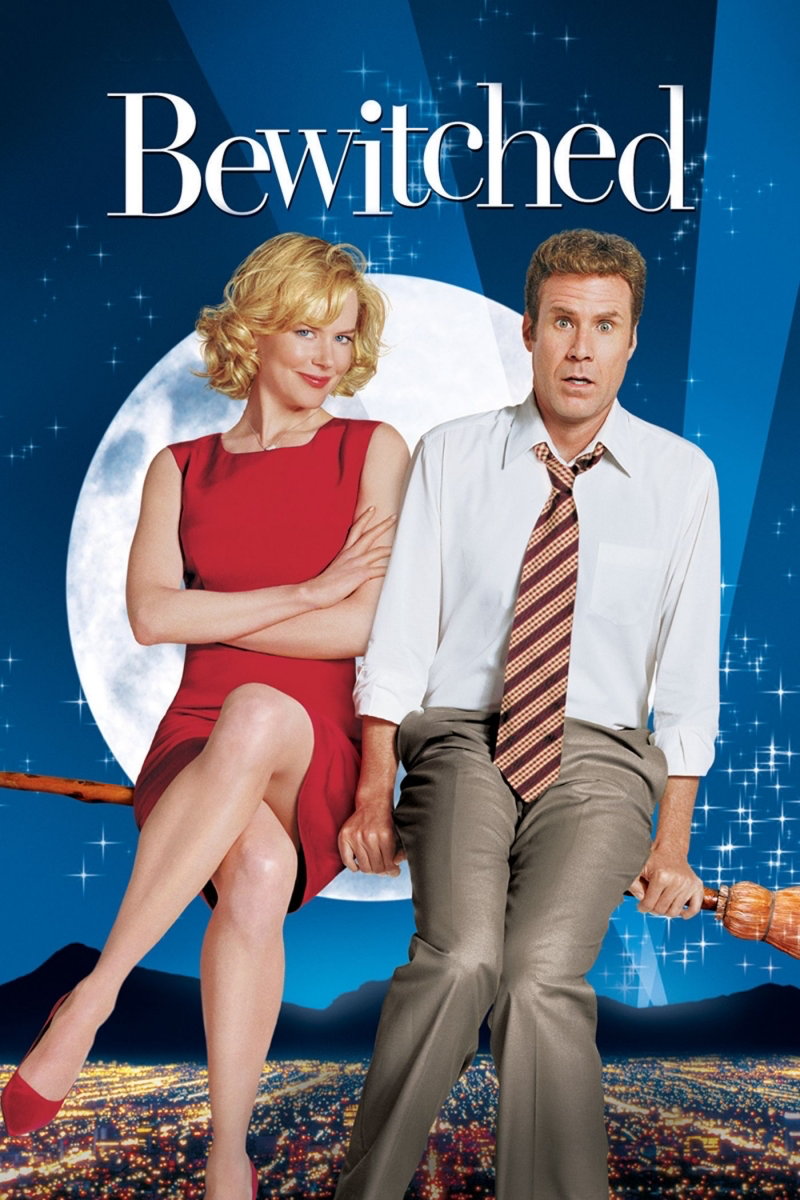
- Key Takeaway: Sometimes the real magic isn’t the spells, but the messy, unbreakable bond between sisters.
- Steal This Technique: The power of a “safe space” in production design. That house isn’t just a pretty set; it’s an aspirational home base that grounds the entire fantastical story in a feeling of comfort and history.
- For Further Watching: If you love this vibe, track down the old classic Bell, Book and Candle. It’s a delightful forerunner to the whole “witch next door” genre.
The Suburban Satire
A decade earlier, a very different movie gave us a sharp, satirical, and darkly funny look at modern witches. It’s a wild ride that uses witchcraft to explore female desire, friendship, and a literal battle of the sexes. It’s helmed by a director most famous for high-octane action films, but his skill at orchestrating beautiful chaos was a perfect fit.
The movie is an absolute masterclass in ensemble acting, with three powerhouse actresses playing off a legendary actor who dives headfirst into his devilish role. He’s seductive, hilarious, and genuinely menacing all at once. The special effects are used sparingly but for maximum impact—a cherry-pitting scene becomes a moment of comedic body horror, and a cello bursting into flames is a stunning visual metaphor for unleashed passion. This is a bit of a cult classic, so you’ll probably need to rent it from a digital store like Google Play for about $2.99.
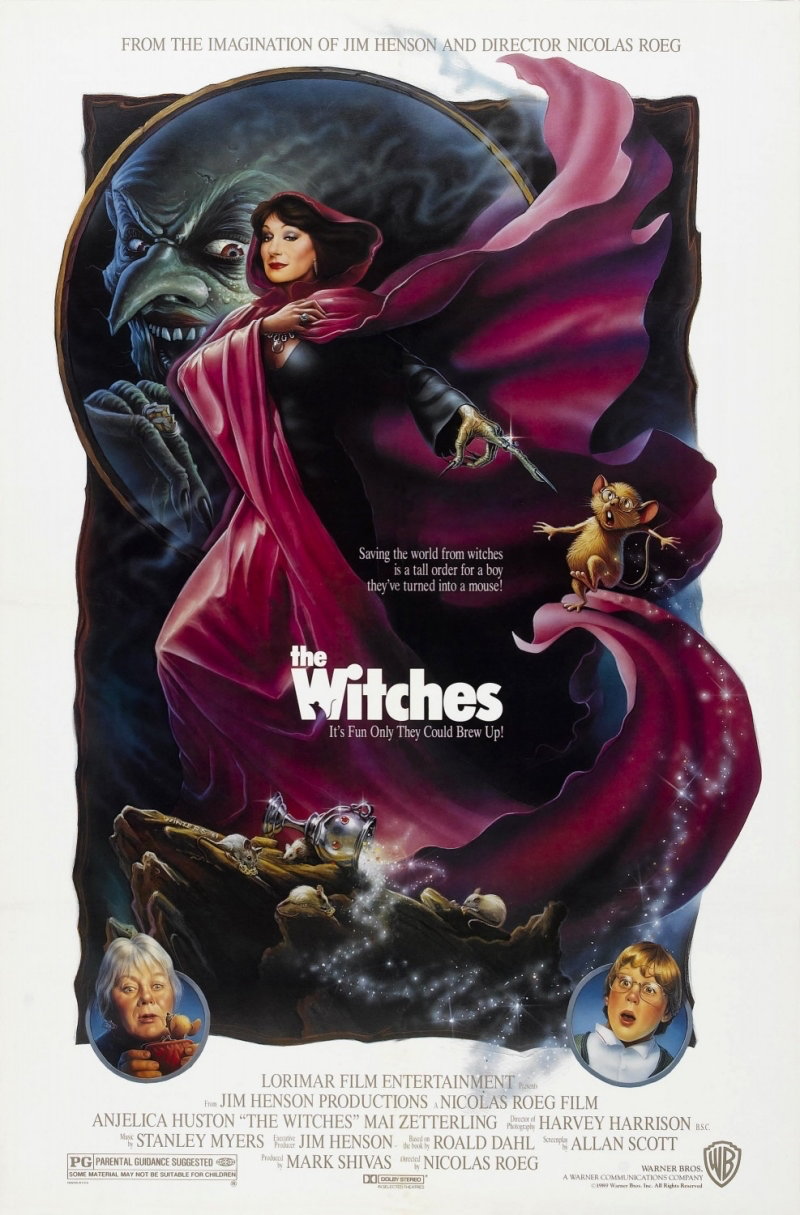
- Key Takeaway: Witchcraft in stories can be a powerful and often hilarious metaphor for unleashing suppressed desire and ambition.
- Steal This Technique: Use your special effects as thematic punctuation, not just empty spectacle. The effects here are visual punchlines that reveal character. It’s a much smarter way to use your budget.
The Stylized Witch: When the Film Itself Is a Spell
Finally, some films use the witch not just for a story, but as a launchpad for pure cinematic style. In these movies, the look, sound, and mood are the main event. They are often divisive and demand that the viewer surrenders to a full-on sensory experience. For film lovers, they are essential studies in how form can become content.
The Technicolor Throwback
This film is one of the most unique cinematic experiments I’ve ever seen. It’s not just a tribute to the horror films of another era; it’s a meticulous, handcrafted recreation of them, shot on 35mm film with period-accurate lighting and lurid Technicolor-style processing. The creator’s singular vision is in every frame, from the handmade costumes to the deliberately theatrical acting style.
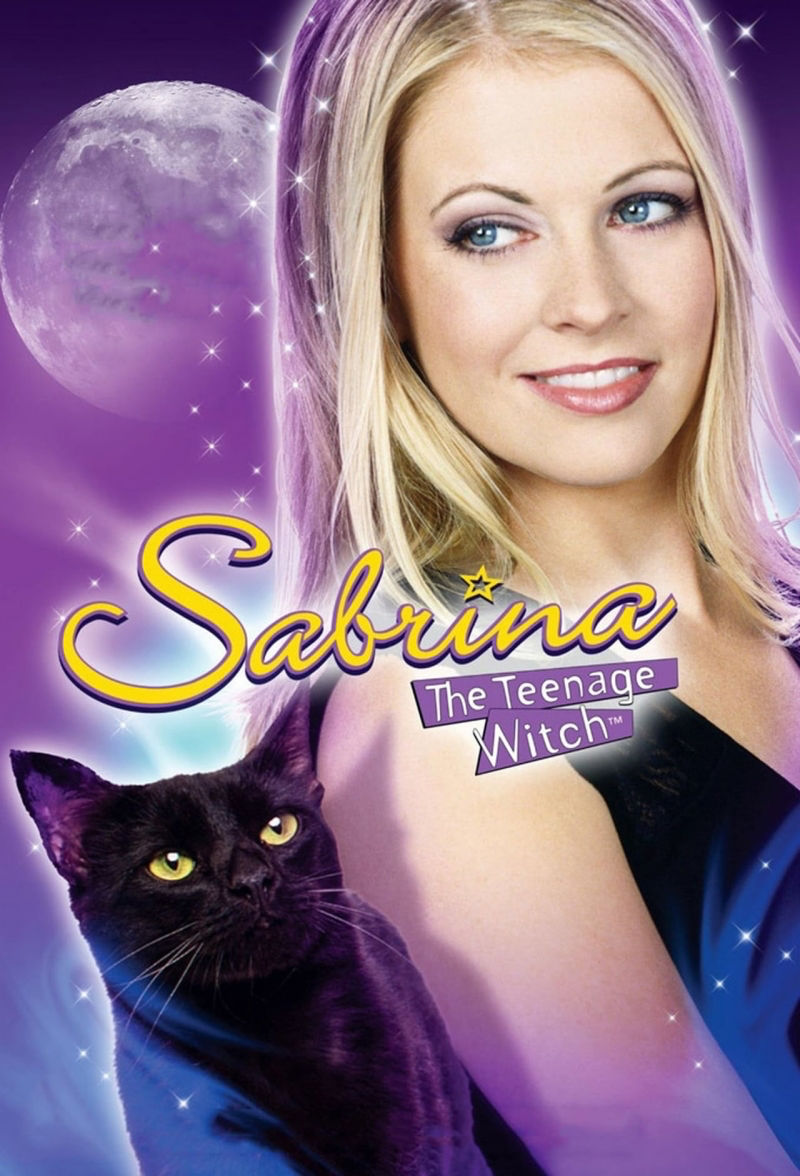
Beyond its stunning visuals, though, the film is a razor-sharp commentary on gender. What happens when a woman perfectly performs the ultimate male fantasy, only to discover the men she attracts are far too weak to handle it? That’s the film’s brilliant, tragic joke. It uses the witch narrative to deconstruct romantic fantasies, exposing the loneliness and narcissism at their core.
Good to know: This is a film for cinephiles. Its pace is deliberate, and its style can be alienating if you aren’t ready for it. It’s a true indie darling, so your best bet is to find it on a specialized streaming service like Shudder, The Criterion Channel, or Kanopy (which is often free with a library card!).
- Key Takeaway: A masterclass in how form is content. The film’s artificial look isn’t just style; it’s the entire point, brilliantly critiquing the artificiality of gender roles.
- Steal This Technique: Go all in on your aesthetic. If you’re doing a tribute, don’t just copy the clothes. Study the lighting, the editing, the sound design, and even the acting styles of the era. Total commitment is unforgettable.
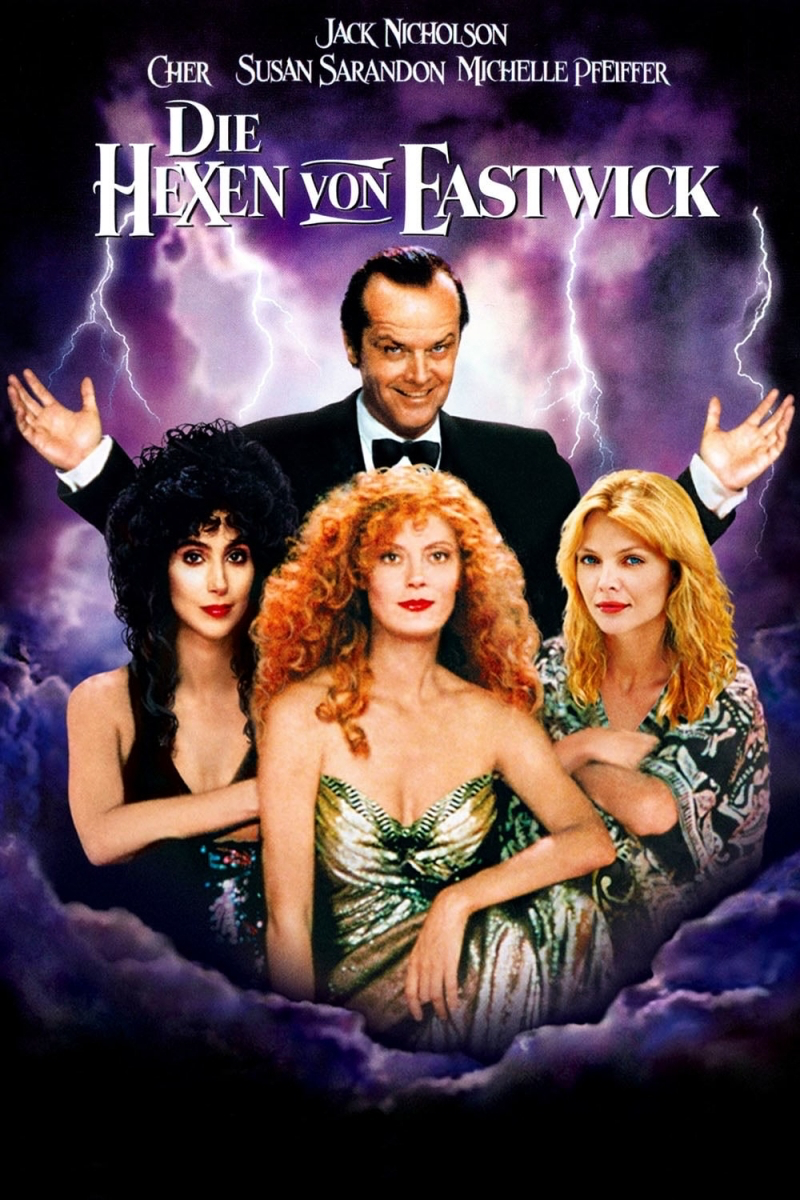
The Arthouse Reimagining
Remaking a beloved classic is always risky. The original version of this film from the ’70s is a legendary masterpiece of surreal, colorful horror. So when a modern director announced his version, a lot of us were skeptical. But the result is something incredible: a film that doesn’t copy the original but instead has a deep, complex conversation with it.
So how does it stack up against the original? Well, they’re two completely different beasts. Where the classic film explodes with saturated, primary colors like a fever dream, this modern take is muted, cold, and autumnal, grounded in a gritty historical reality. The horror itself shifts, too. The original was a surreal nightmare, while the remake is a gut-wrenching story of historical trauma expressed through brutal body horror. And the magic feels different—the first film’s magic is abstract, but here, it’s tangible, violent, and channeled directly through the physicality of dance.
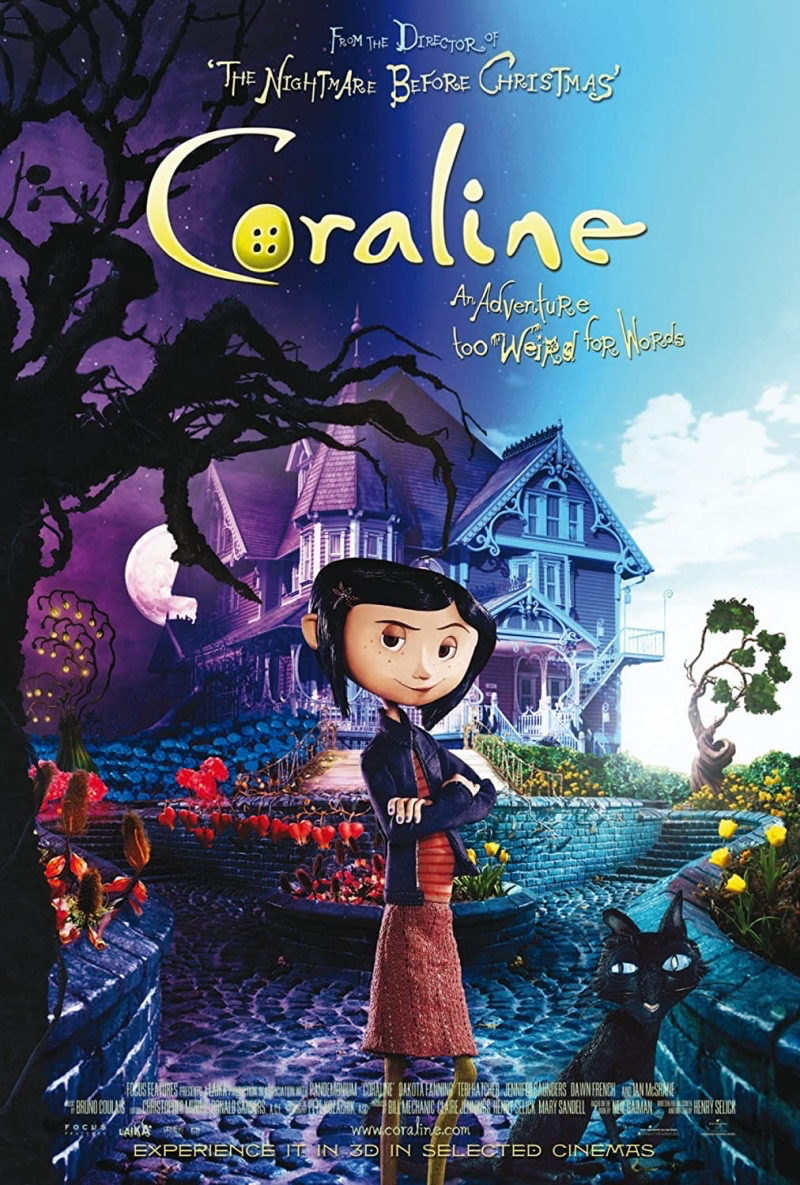
The choreography is the spellcasting. In one terrifying sequence, a dancer’s movements in one room magically inflict horrific violence on another dancer in a separate room. The editing makes the connection undeniable. This, plus a haunting, mournful score from a famous rock frontman, creates a profound sense of dread.
A serious warning: This film is not for everyone. It is long, dense, and features scenes of extreme, graphic body horror that are prolonged and difficult to watch. This was an Amazon Studios production, so it’s usually available on Prime Video, but please go in prepared. It’s a demanding film that is deeply disturbing, not just ‘scary’.
- Key Takeaway: A remake can be a powerful artistic statement when it chooses to be in conversation with the original instead of just repeating it.
- Steal This Technique: Use sound design to create a physical reaction. The soundscape here is full of wet, organic, uncomfortable noises—gasps, snaps, clicks. It bypasses your brain and makes your body feel the horror directly.
… and that’s our tour! From the deep woods to the modern suburbs and into pure arthouse style, the witch remains one of cinema’s most fascinating figures.
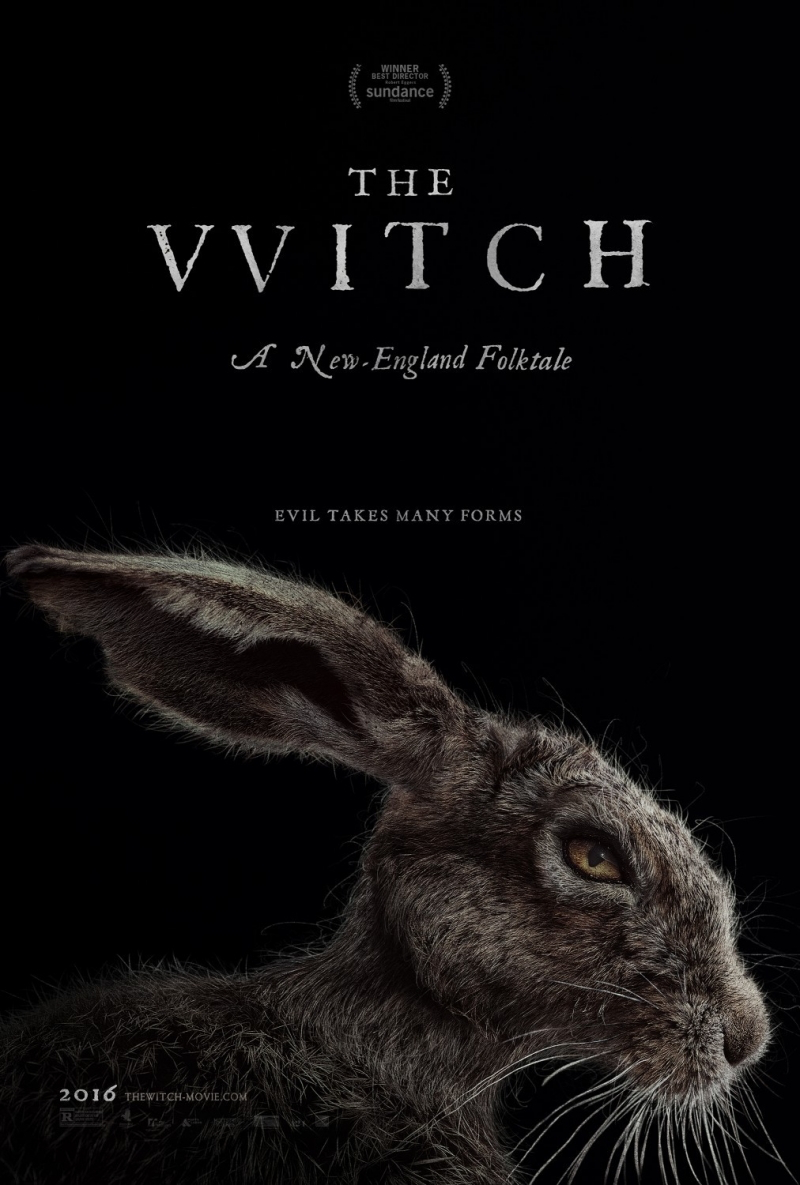
Okay, I’ve laid out my case. What’s your go-to witch movie? Did I miss an essential one? Let me know in the comments below!
Inspiration:
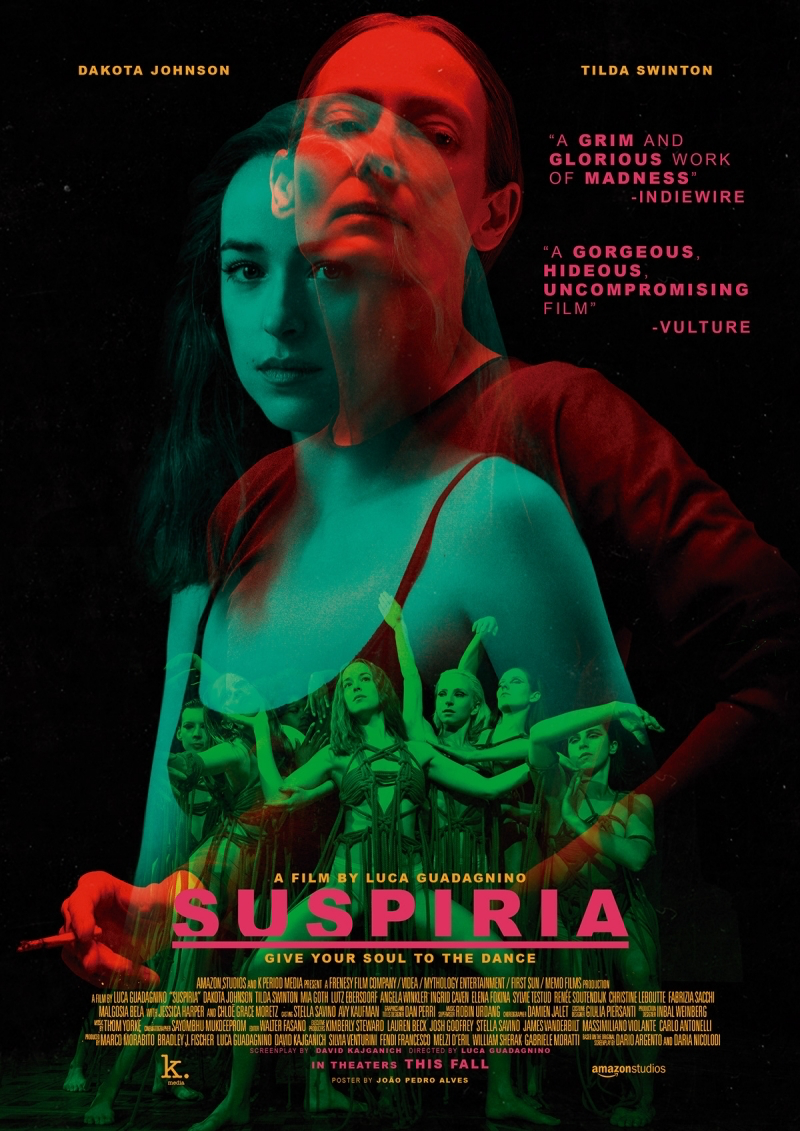
The Monstrous vs. The Mundane: The Wicked Witch of the West, as designed by Adrian for The Wizard of Oz (1939), is pure visual threat. Her severe black dress, sharp hat, and green skin created a terrifying, inhuman silhouette that defined evil for generations.
The Girl-Next-Door Coven: Contrast this with the Owens sisters in Practical Magic (1998). Costume designer Judianna Makovsky dressed them in velvet, slip dresses, and cozy cardigans. Their late-90s aesthetic makes their magic feel accessible and grounded, not otherworldly.
The wardrobe is a filmmaker’s first spell, telling us immediately if we should fear the witch or want to be her.










